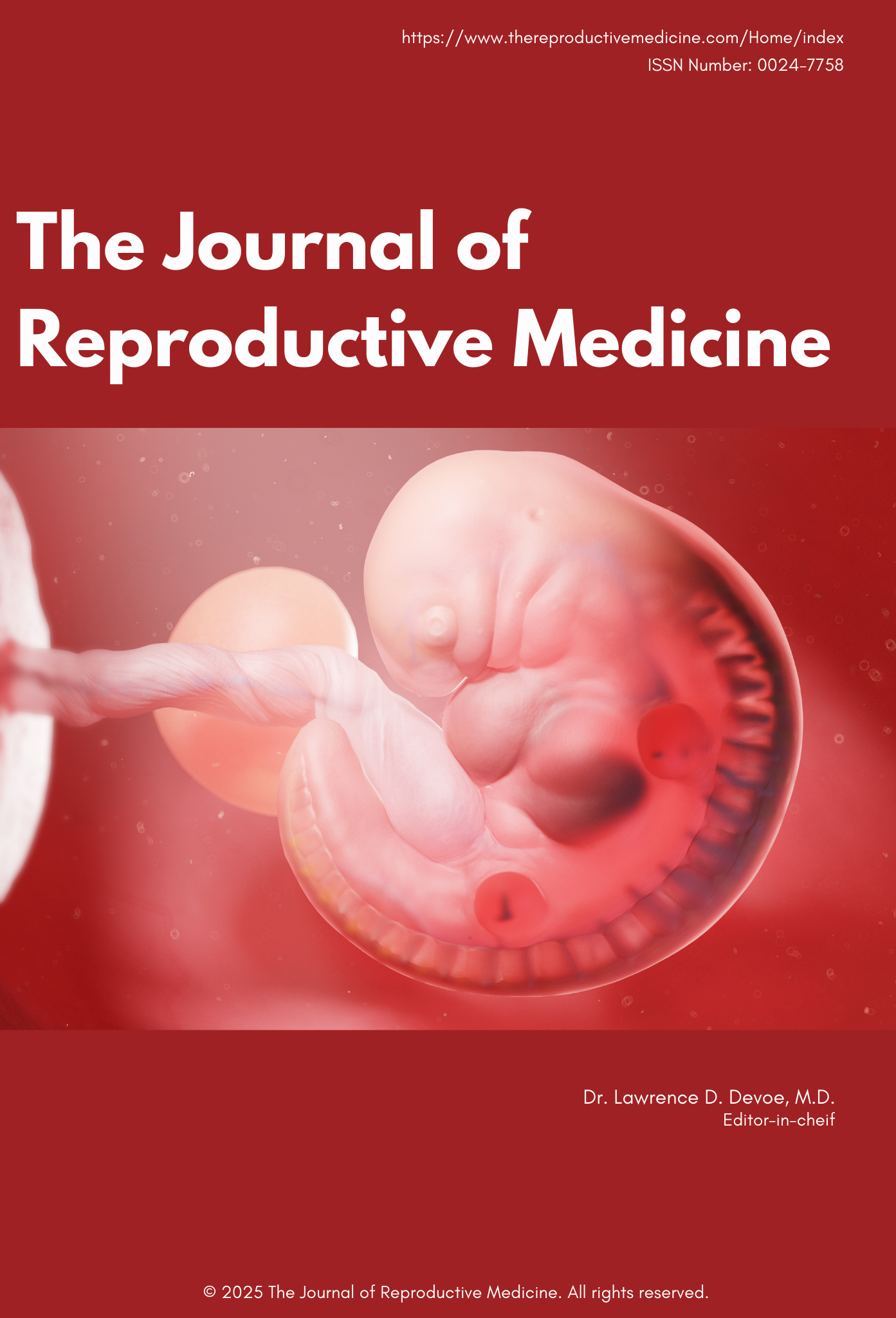Application of Driving-Pressure-Oriented Mechanical Ventilation in Elderly Patients Undergoing Posterior Lumbar Fusion Surgery: A Pilot Feasibility Study
Keywords:
Lung protective ventilation strategy (LPVS), driving pressure, prone position, postoperative pulmonary complications (PPCs)Abstract
Background: Elderly patients undergoing posterior lumbar fusion surgery under general anesthesia are at increased risk of postoperative pulmonary complications (PPCs) due to decreased respiratory physiology. Driving pressure in mechanical ventilation is highly associated with occurrence of PPCs. Therefore, driving pressure-oriented ventilation strategy has attracted great attention. To explore the effects of driving pressure-oriented mechanical ventilation on occurrence rate of PPCs in elderly patients undergoing posterior lumbar interbody fusion, we conducted a pilot study in advance to confirm its safety and feasibility.
Methods: The pilot study was prepared to enroll 160 patients for eligibility assessment. Initially, elderly patients undergoing posterior lumbar interbody fusion were randomly divided into two groups: Group P and group C. Treatment of patients in Group P involved the use of driving pressure-oriented mechanical ventilation while conventional lung protective ventilation strategy was used for patients in Group C. Then, the perioperative ventilation and hemodynamic and blood oxygenation were determined.
Results: The minimum driving pressures for Groups C and P were 8.79±1.44 and 7.47±1.17 cm H2O, respectively (p<0.05). Partial pressure for oxygen and oxygenation index for Group P at 20 min before the end of the surgery were significantly higher than those of Group C(p<0.05). The incidences of postextubation hypoxemia for Groups C and P were 11.7% and 9.9%, respectively (p>0.05).
Conclusions: Driving pressure-oriented mechanical ventilation improved intraoperative arterial oxygenation in elderly patients undergoing posterior lumbar fusion, but the incidence of postextubation hypoxemia was not affected.






